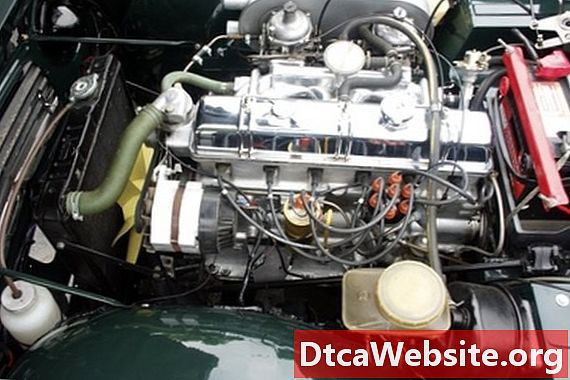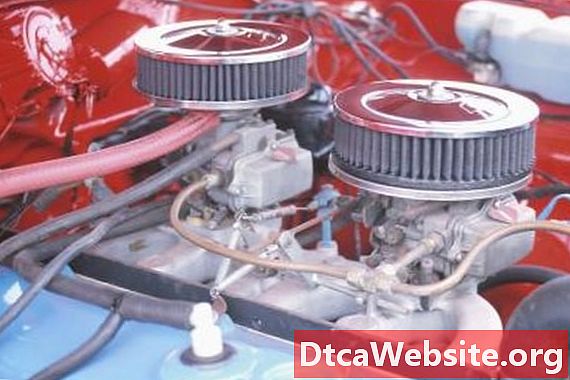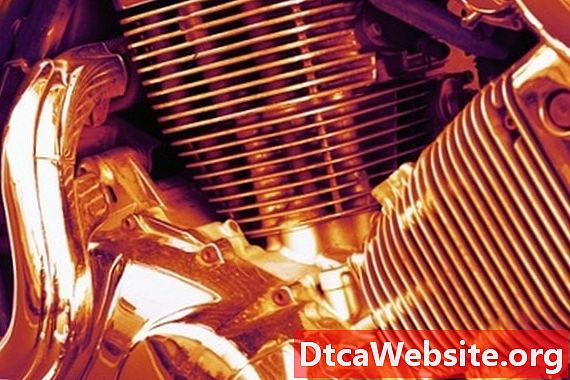
Contenu
- Battery
- Alternator Size and Output
- External Regulator
- Internal Regulator
- Computer Controlled and Temperature Compensated Alternators

The alternator in an automobile functions as a self-generating power plant that produces electricity. It converts alternating current (AC) to direct current (DC). It must supply enough electrical energy to the battery for recharging, along with maintaining sufficient voltage to run the vehicles accessories and components. Original factory alternators come fine-tuned from the factory to meet the precise needs of the vehicles electrical demands, including charging level and intensity. A few problems can result when an alternator undercharges or overcharges the electrical system.
Battery
Alternators that overcharge will typically produce excess voltage to the battery, making the battery case swell up, become very hot and lose its electrolyte through boiling. Improperly jump-starting the vehicle can a surge through the battery that destroys one or more cells in the battery or shorts it out. This surge disrupts the wiring in the alternator, causing an overcharging condition. Additionally, an incorrect replacement battery in the vehicle can cause an overcharging condition. This happens in newer vehicles with alternators that need signals from the vehicles electronic control unit.
Alternator Size and Output
Most replacement alternators have design and voltage output specifications meant for a specific vehicle and its requirements. Some replacement and re-manufactured alternators have much higher output ratings and designs. When the wrong alternator has been installed in a stock vehicle or if the pulley has undersized dimensions (causing extra alternator rotation), the charging supply will be higher than the demand and cause an overcharged state. High performance or racing alternators should not be installed on stock passenger vehicles.
External Regulator
The external regulator, usually mounted on the engine firewall or fender well, supplies current to the internal rotor field coil inside the alternator. It regulates the amount of electricity that the alternator needs to perform at different speeds. The external regulator usually has three electromagnetic contact switches inside its housing that open and close. A stuck contact switch that refuses to disengage will cause an overcharging problem.
Internal Regulator
The internal regulator, or "internally regulated" regulator, has been used as a replacement for older, externally mounted regulators. The internal regulator mounts inside the alternator case (consolidated), with a smaller and more compact design. If one of the contact switches has stuck, it can produce an overcharge rate, typically 15 volts or more. The older type of fender-mounted regulator and a newer alternator that has the regulator inside of it will show the same types of overcharging symptoms.
Computer Controlled and Temperature Compensated Alternators
Newer alternators have computer controlled regulating devices. One such design uses a "temperature compensated" computer sensor. The sensor dictates the amount of voltage an alternator puts out depending upon the temperature. Hot batteries demand less voltage, whereas cold batteries require more voltage. A defective sensor can the wrong signal and cause an overcharge condition.


